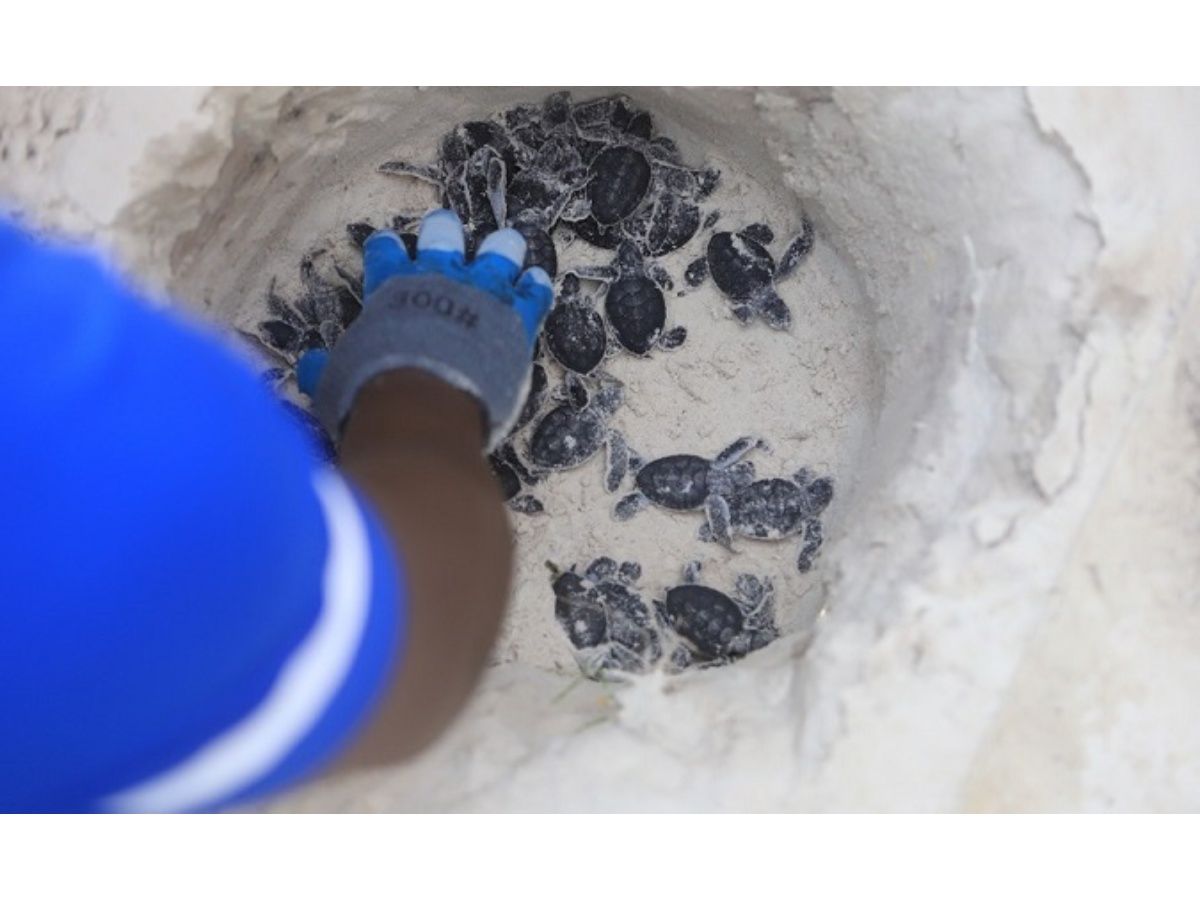
On Monday, three wildlife agencies called for increased security to reduce harmful human activities threatening already vulnerable marine species along the Kenyan coast.
RELATED:
The International Fund for Animal Welfare (IFAW), Kenya Wildlife Service, and Wildlife Research and Training Institute, which released the findings from a first-in-30-year survey conducted on marine species along the 600-km Kenyan coastline in March, cited harmful human activities as the biggest threats to seagrass beds on which dugong and turtles feed.
IFAW Africa Director James Isiche said the results from the survey are critical in gauging the health and status of marine life and the interventions needed to keep them alive and thriving.
“The existence of marine species and their habitat, though often overlooked, is critical to the survival of the human population,” Isiche said.
Kenya’s marine waters host more than 35 species of marine mammals, five species of marine turtles — all listed as endangered or critically endangered — and 105 species of bony fishes, including sharks and rays.
The aerial survey aimed to establish the level of conservation efforts needed for marine species found in Kenyan territorial waters. It also sought to identify the threats facing these species and their distribution across the coast to help inform appropriate conservation and management measures.
The ocean harbours 250,000 known species & countless more awaiting discovery.
Yet, if we continue business as usual, our ocean could face mass extinction.
Let’s safeguard this incredible biodiversity hotspot #ForNature & humanity. https://t.co/cYxXlPF4rK
Via @UNESCO pic.twitter.com/dsV41Pzz1c
— UN Biodiversity (@UNBiodiversity)
June 19, 2023
Significant species of concern were dugongs, humpback dolphins, whale sharks, and other whale species threatened by degradation and habitat loss from harmful human activity. This includes the construction of seaports and increased fisheries activities. Climate change also has a significant effect on the survival of these species.
The survey also revealed that dolphins, listed as critically endangered in East Africa, are Kenya’s most dominant yet most vulnerable and threatened marine megafauna species.
These activities include the clearing of coastal forests for salt pans and construction of shrimp farms, sand mining resulting in massive soil erosion and inshore silt loads, and the extraction of mangroves for building material and firewood.
Accidental capture and their targeted exploitation for food and medicine also threaten the critically endangered dugong. Only two were sighted during the survey compared to groups of up to 500 individuals seen in the 1960s.
Sharks and rays are also declining because of overfishing and the rising global demand for shark products such as fins, meat, skin, cartilage, gill plates and liver.
The agencies called for stringent law enforcement measures to eradicate dangerous fishing gear, such as gill nets that kill dugongs. They also recommended engaging with small-scale fishing communities to implement marine conservation best practices and sustainable fishing techniques.
International Day of the World’s Indigenous Peoples, a date to recognize these populations, their cultural heritage and their role in the protection of biodiversity pic.twitter.com/bI91YROIo1
— teleSUR English (@telesurenglish)
August 9, 2022



